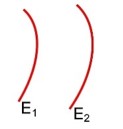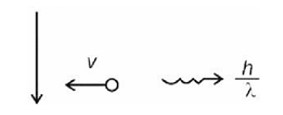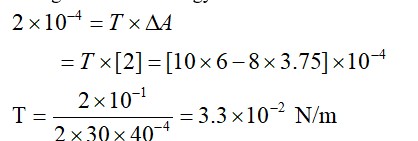Given below are two statements:
Statement I : In hydrogen atom, the frequency of radiation emitted when an electron jumps from lower energy orbit (E1) to higher energy orbit (E2), is given as hf = E1 = E2
Statement II : The jumping of electron from higher energy orbit (E2) to lower energy orbit (E1) is associated with frequency of radiation given as f = (E2 – E1) / h
This condition is Bohr’s frequency condition.
In the light of the above statements, choose the correct answer from the options given below:
Given below are two statements:
Statement I : In hydrogen atom, the frequency of radiation emitted when an electron jumps from lower energy orbit (E1) to higher energy orbit (E2), is given as hf = E1 = E2
Statement II : The jumping of electron from higher energy orbit (E2) to lower energy orbit (E1) is associated with frequency of radiation given as f = (E2 – E1) / h
This condition is Bohr’s frequency condition.
In the light of the above statements, choose the correct answer from the options given below:
Option 1 -
Both statement I and statement II are true.
Option 2 -
Both statement I and statement II are false
Option 3 -
Statement I is correct but statement II is false
Option 4 -
Statement I is incorrect but statement II is true.
-
1 Answer
-
Correct Option - 4
Detailed Solution:
For statement 1
hf = E1 - E2
Since, E2 > E1
So, it should be
hf = E2 – E1
Therefore statement 1 is wrong
For statement 2
For the jumping of electron from higher energy orbit
(E2) to lower energy orbit (E1)
hf = E2 – E1
Statement (2) is correct
Similar Questions for you
Kindly go through the solution
Change in surface energy = work done
|DE0| = –10.2

]
= 3 m/s
n = 4
Number of transitions =
Kinetic energy: Potential energy = 1 : –2
Taking an Exam? Selecting a College?
Get authentic answers from experts, students and alumni that you won't find anywhere else
Sign Up on ShikshaOn Shiksha, get access to
- 66k Colleges
- 1.2k Exams
- 680k Reviews
- 1800k Answers


